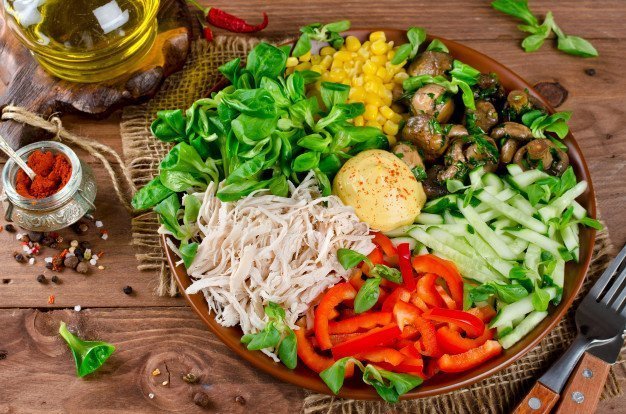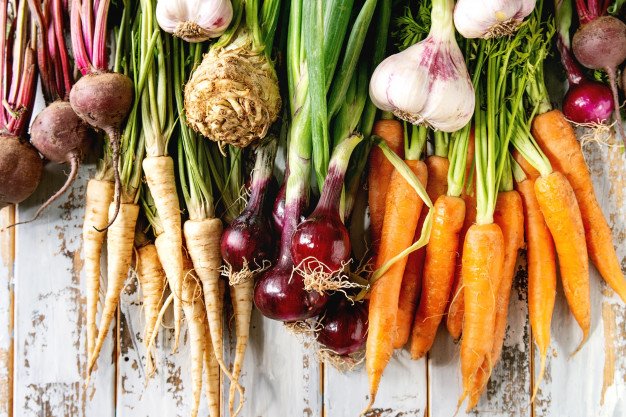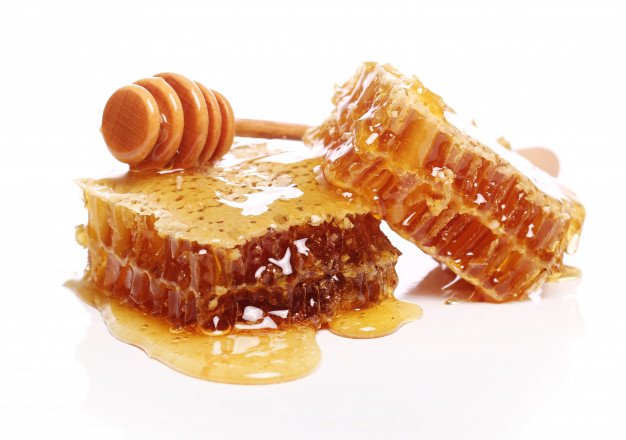At the start of 2020, food experts shared their predictions regarding flavour profiles that will dominate both restaurant and home cooking. With half the year gone, now is the perfect time to see which trends have been successful and stuck around and which ones did not live up to expectations.
Knowing which flavour trends are here to stay is important if you are in the food business, even if it is already the middle of the year.
Trusted food flavour suppliers say that by jumping on the bandwagon, you can tweak your menu to add items that showcase these profiles, which can be your new profitable bestsellers.
Moreover, you can also modify some of your current menu items to incorporate trending spices, herbs, and other natural flavourings. You can then create variants of your dishes using these ingredients. The variety of your offerings can bring in more customers and sales.
But which flavour trends have remained popular and will continue to please foodies this year and possibly beyond those that are worth looking into? Here are the top five:
5 Flavour Trends Taking the World by Storm This 2020:
1. Citrus
Lemons, limes, oranges, and tangerines are the most popular citrus fruits used in various savoury and sweet dishes. Although these continue to be well-loved ingredients, many people are starting to look at other types that bring in a different or unique taste.
Yuzu, for instance, is a citrus fruit making its presence known in the culinary world. It is popular in Japanese cuisine and is distinguished by its tart and sour flavours.
This yellow fruit, which is about the size of a tangerine, has a flavour profile reminiscent of tangerines and lemons. However, its taste is more intense and pronounced.
The fruit is extremely sour, so it is rarely eaten raw. It is most commonly used as a powder or added as a zest to flavour dishes.
Another citrus fruit that can be used as an alternative to regular lemons is the Meyer lemon.
Regular lemons, which are usually the Eureka and Lisbon varieties, are tart enough that you can’t eat them as they are. Meyer lemons, on the other hand, are sour, too, but not as acidic as the conventional variants.
Since Meyer lemons are too tart, they can be eaten raw. As such, you can add a few slices or chunks to salads. Their juice and peel make dishes tangier and tastier, too.
2. Earthy
Herbs, spices, root vegetables, and mushrooms are stapled elements in various cuisines and dishes. This year, ingredients that have earthy tones, such as ginseng, cardamom, maca, and tree flavourings like juniper, oak, and pine have become doubly popular.
This year, chefs and food experts have also found other uses for these ingredients. Certain beverages and yoghurt products, for instance, contain maple, ginseng, and other herbs and spices that add earthy flavours.
Avant-garde restaurants have also started using these ingredients to create unique-tasting coffee drinks, sodas, ice cream treats, and other desserts.
Many confectionary brands have also started introducing sweets with earthy flavours. There are chewing gums with maple and fennel and chocolates that contain ginger and fir tips that adventurous foodies should give a try.
3. Honey
Although honey has been around for thousands of years and is a pantry staple, this year, the trend is looking for ways to optimise its flavour and make it an all-around, versatile ingredient.
Many restaurants have started incorporating honey in their savoury dishes. It is used as a coating for fried food, marinade, and flavour enhancer for meat. It is also added to elevate the taste of sauces and dressings.
Honey is also a common ingredient in various beverages (think lemonade and iced tea). Mixologists and bartenders, however, are also looking for ways to add it to their alcoholic and non-alcoholic concoctions.
Aside from mixing honey into the beverage, mixologists are also experimenting with other ways to use it. This includes using honey in shards and honeycombs and adding these as crunchy elements in their drinks.
Honey is also another ingredient that has joined the fermentation trend. When fermented, honey tastes both sweet and slightly sour, profiles that will tickle anyone’s taste buds.
Fermented honey is an excellent addition to sauces for savoury dishes. It also gives smoothies and parfaits a more interesting flavour.
4. Floral
Aside from adding a fascinating, appealing fragrance to dishes, flowers can also enhance flavour. Moreover, they contain a variety of nutrients, which makes food healthier.
Lavender and rose, for instance, have found their place in various beverages, including teas and sparkling waters. Their fragrance and delicate flavours never fail to impress anyone who samples these flower-infused drinks.
Jasmine, hibiscus, and cherry and orange blossoms are also popular floral ingredients in teas, carbonated water, and sodas.
Due to the fragrance and interesting flavour they add, these botanical ingredients are also becoming popular elements in pastries, ice cream, and even alcoholic beverages.
Hibiscus, in particular, has been a popular floral flavour for several years now. Its tart-floral taste has been a welcome and crowd-pleasing addition to yoghurt, tea, chocolate, and beer.
5. Asian
Although Japanese, Indian, Chinese, and other Asian cuisines have been popular for years, this 2020, the trend is focusing on using traditional herbs, spices, and condiments in non-conventional ways.
Wasabi, for instance, a common accompaniment of sushis, makis, and sashimis, is now being added to sauces. Its powdered form can also be used as a flavouring and rub for proteins.
Tamarind, which gives a bright, sour, yet slightly bitter flavour to soups and stews, is also the subject of various gastronomic experiments. At present, many chefs are using it as a glaze and adding it to purees.
Finally, ube, or purple yam, a root veggie popular in the Philippines, has also been a trending Asian ingredient in the past months. Its eye-catching colour has made it a popular element to add or highlight in pastries, desserts, and other baked goods.
Its sweet and creamy taste has made it a popular flavour for cakes, cupcakes, cheesecakes, ice cream, and jam.
If you want to drum up business for your restaurant or expand and tweak your offerings, consider these flavour trends to come up with a winning menu.
Read Also:































